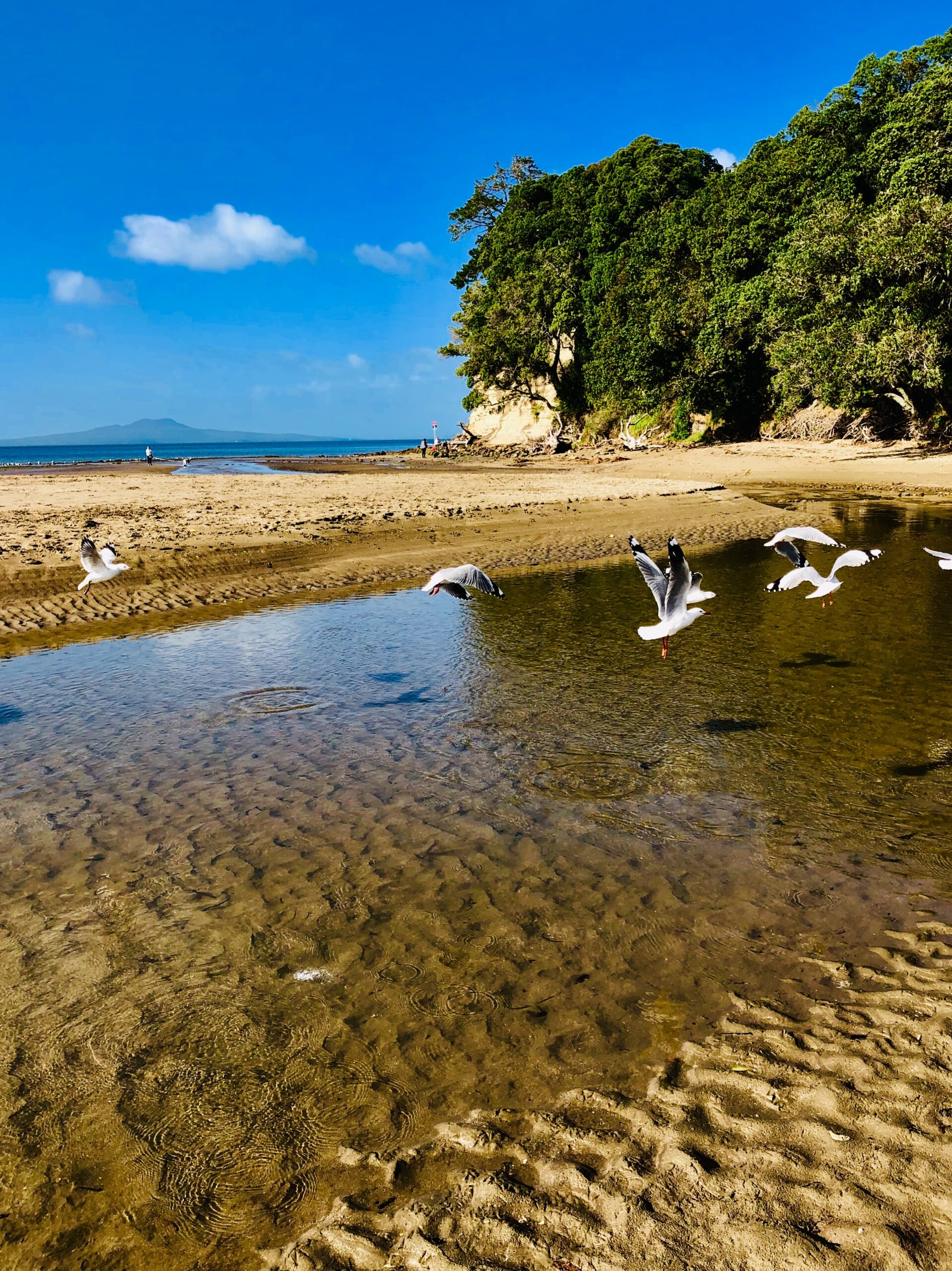Years ago, people would look to the Matariki cluster for clues about the next harvest. It was believed that the brighter and clearer the stars, the more abundant the crops would be.
The mid-winter appearance of the Matariki star cluster marks a very special – and uniquely Aotearoa New Zealand – occasion. Friday, June 24th 2022, is the first time Māori new year has been marked as a public holiday. Going forward, the Matariki holiday date will always fall on the Friday closest to the Tangaroa lunar calendar period of the correct lunar calendar month. This means that dates will vary, as Gregorian calendar dates shift to match up with the Māori lunar calendar, in a similar way to which Easter varies.
Matariki is a cluster of more than 800 stars, only a few of which are visible to the naked eye. In the vastness of space, and compared to other star clusters, Matariki is quite close to Earth – but it’s still about 440 light-years away, in the constellation Taurus. To put this in context, if you travelled at a steady 100km, you’d arrive there in about 4.8 billion years!
The name Matariki is a shortened form of Ngā Mata o te Ariki Tāwhirimātea (meaning “the eyes of the god Tāwhirimātea”). According to Māori legend, the god of the wind, Tāwhirimātea, was so angry when he learned that his parents, Ranginui, the sky father and Papatūānuku, the earth mother, had been separated that he tore out his eyes and threw them into the heavens.
The cluster has different names in different parts of the world, including Makali’i (meaning “eyes of royalty) in Hawaiian, and Subaru (meaning “gathered together”) in Japanese.
In Ancient Greek, it was called Pleiades, meaning “The Seven Sisters”, and, interestingly, some iwi talk of the Matariki stars as being a mother and her six daughters.
However, generally, nine stars are recognised, although, as referenced above, this can vary between different iwi and hāpu. Each star has its own meaning:
In 2020, Dr Rangi Matamua became the first ever Māori science award winner when he won the Prime Minister’s science communicator award for his work on raising awareness about Matariki. Speaking to Stuff.co.nz he explained that this is a deeply spiritual time, as people remember those who have passed during the last year and release their spirits.
“It is [also] cultural, in terms of the practices we go through to acknowledge the year, and it’s social.
“It’s a gathering point for all people to come together and celebrate what has happened in the year gone and let it go. To celebrate who we are presently and to wish for the promise of a new season and a new year.”
If you’d like to take to stargaze this Matariki, there’s a great explainer video of how to find the cluster on Te Papa’s website:
tepapa.govt.nz/watch-how-find-matariki-star-cluster
A full list of Matariki dates until 2052 is available at beehive.govt.nz/release/matariki-holiday-dates-next-thirty-years-announced
You can read the interview with Dr Matamua in full at stuff.co.nz/national/explained/300059151/what-is-matariki-the-mori-new-year






